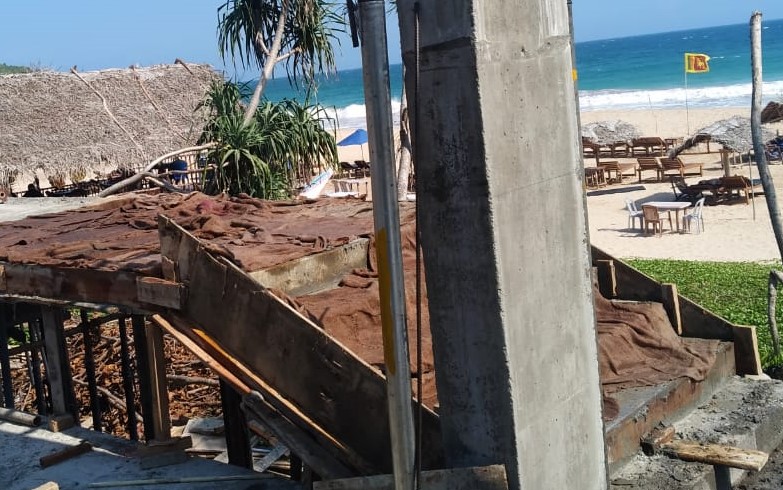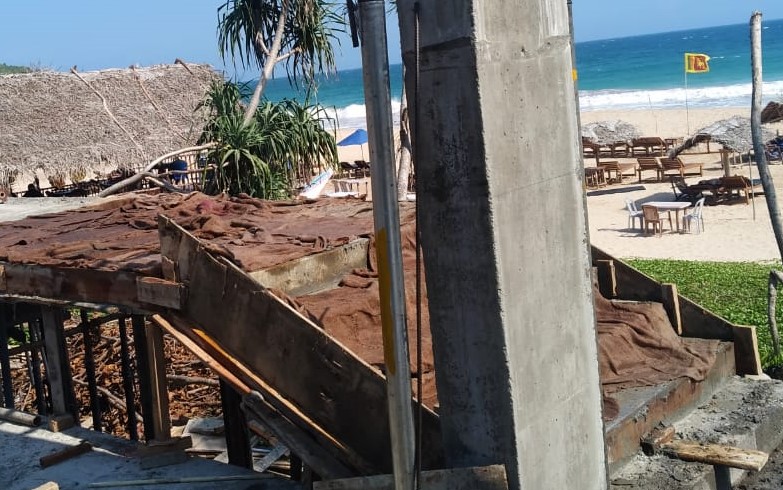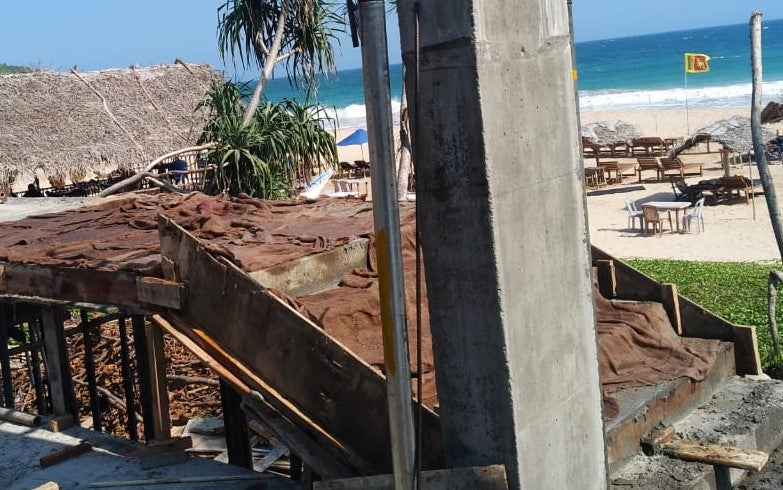What is healing?
Curing generally refers to adding water to concrete to keep it from drying out during the specified curing time.
That's right?? .. No.
It is not right.
Healing is another thing that brings significant benefits. It is not always necessary to add water. There are different methods for curing concrete .
Let's discuss this Benefits of curing before we discuss concrete curing time.
- As concrete hardens, the moisture content at the surface of the concrete increases and sufficient moisture is provided for the hydration process. This improves compressive strength.
- Reduces the permeability of concrete, thus improving its resistance to frost, salt deposits and chemical attacks.
- Improve this Concrete durability
- Improves ease of maintenance
- Improves microstructure
- Minimize or avoid plastic shrinkage cracks caused by rapid surface drying.
- Increases abrasion resistance
- The surface color becomes uniform
There are some problems related to inadequate curing
- Water applied to concrete can contain harmful chemicals such as chlorides. Therefore, special attention must be paid to water quality.
- Due to ignorance, some workers used seawater for curing, resulting in durability problems .


- Compressive strength may be lower than expected value
- Concrete can crack due to plastic shrinkage, drying shrinkage and thermal influences.
- The carbonation rate may increase
The article was written as The role of hardening concrete is complex More information about curing techniques.
Influence of concrete curing time
The biggest problem is when to start healing and when to stop it.
In fact, it depends on many factors.
Curing time is significantly influenced by concrete strength and other concrete properties.
Below are some key factors related to wet curing
- Concrete that dries immediately only reaches 40% of its strength
- Three days of healing increases resistance by 60%
- Seven days of healing increases resistance by 75%
- 28 days of healing increases resistance by 95%
Therefore, it is quite clear that moisture retention has a significant impact on the final strength of concrete, as shown in the figure below. Furthermore, other factors must be taken into consideration when choosing the curing time.


Why should healing begin immediately?
Factors that affect concrete curing time
- To prevent premature drying, especially due to wind and sunlight
- To avoid leaching from rain and running water
- To avoid rapid cooling after the first few days after insertion
- To reduce high internal temperature gradients
- To avoid low temperatures or frost
- Avoid vibrations and shocks that could destroy the concrete and its interface with the reinforcement
Therefore, healing must begin immediately. However, the start time may depend on the curing method and the type of concrete.
For example, if we need to place a sheet of polyethylene or another membrane over a large area of concrete, we must wait until the concrete has hardened enough to work on it.
The following table from BS 8110 gives the minimum curing times. It also states that no part of the concrete surface should reach a temperature lower than 5°C. 0 C


The curing time can be selected depending on the type of cement as shown in the table.
Additionally, the scope of the project and the speed at which the concrete will reach strength can also be taken into consideration when setting final dates.

